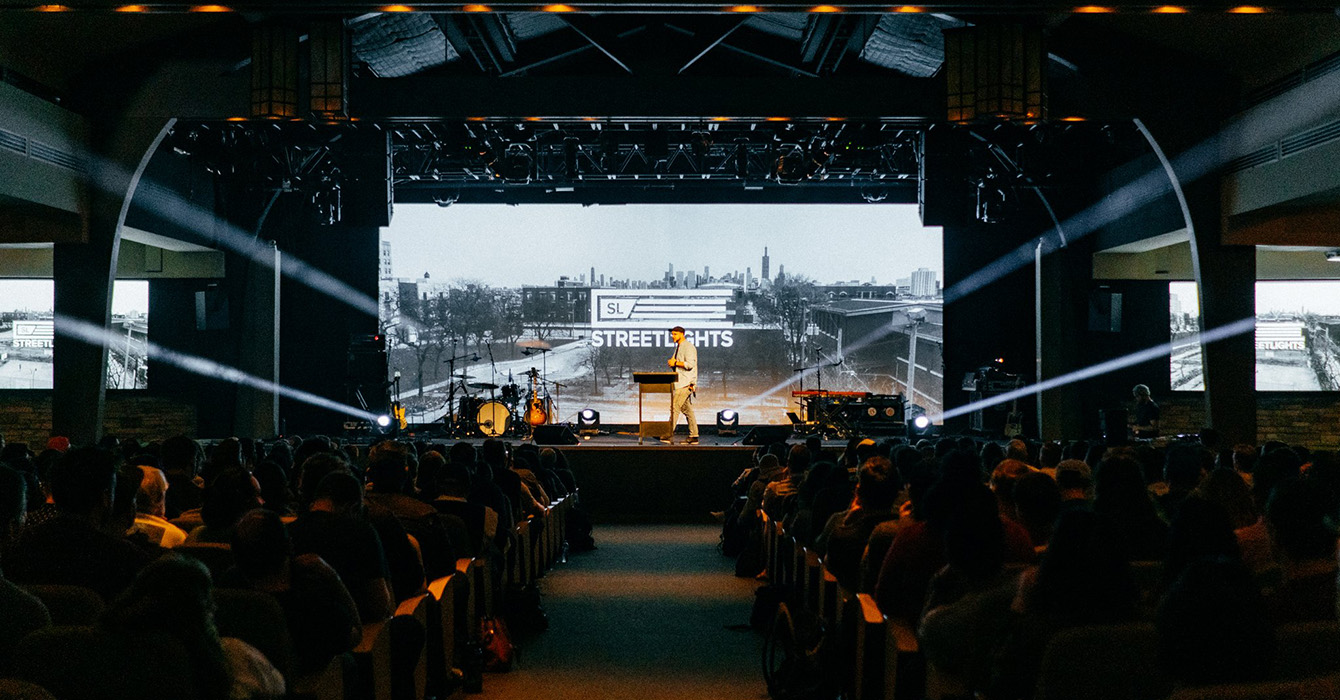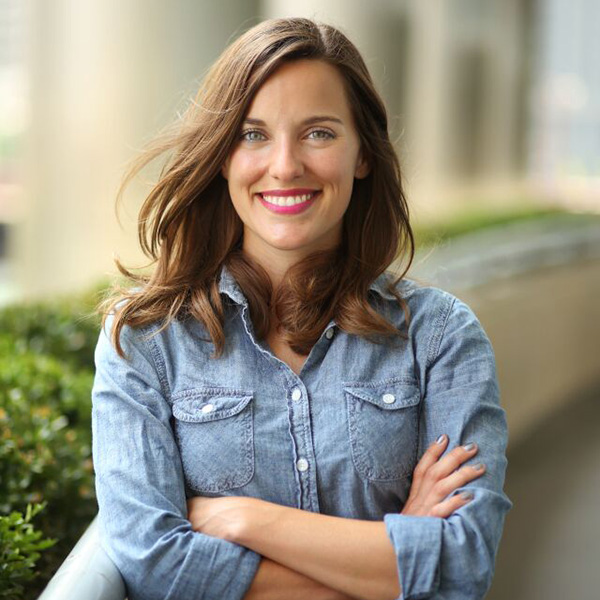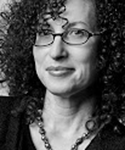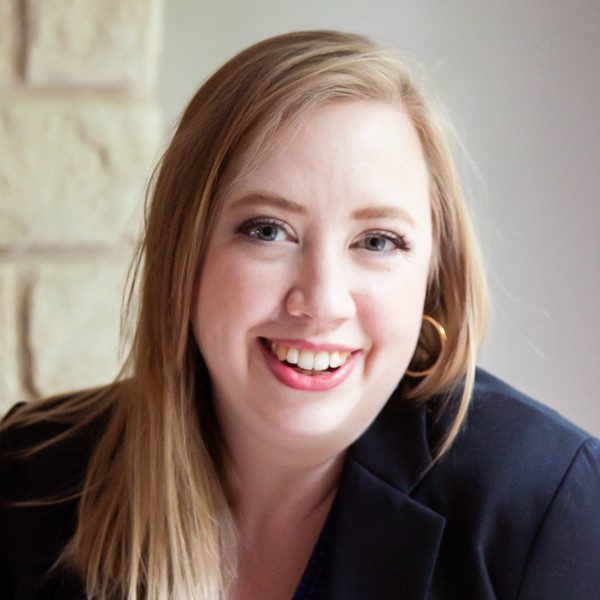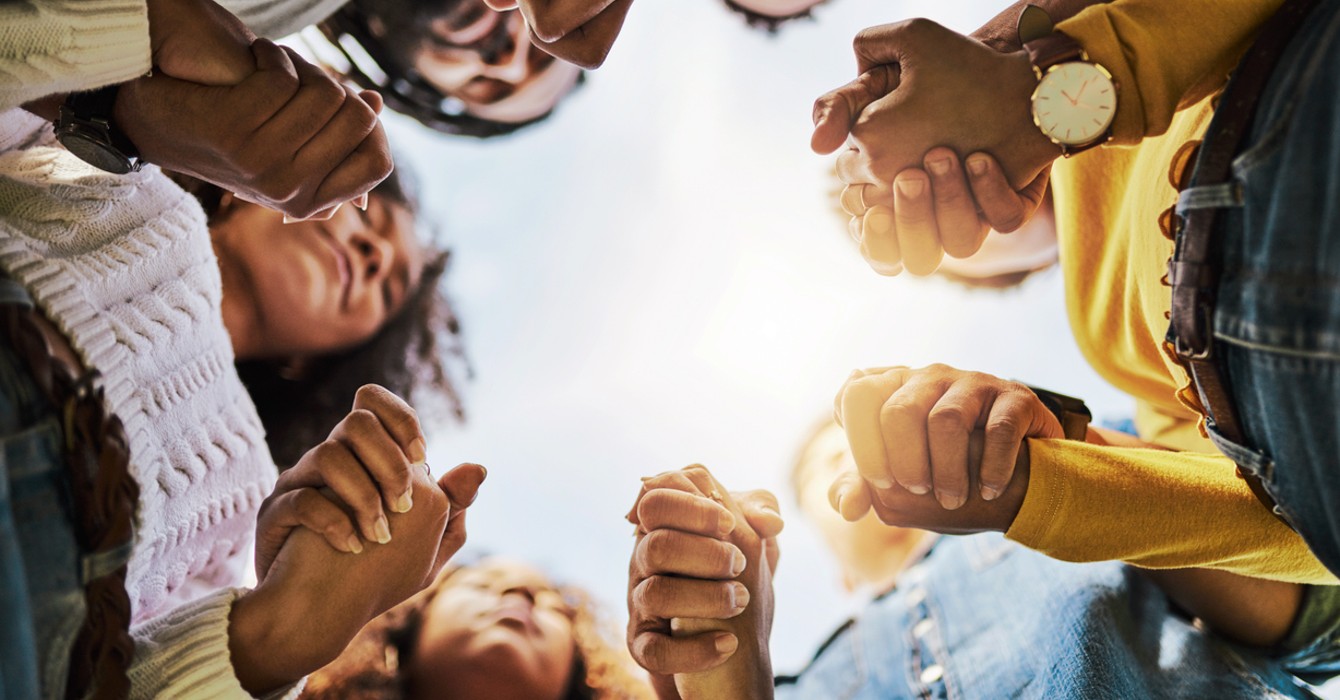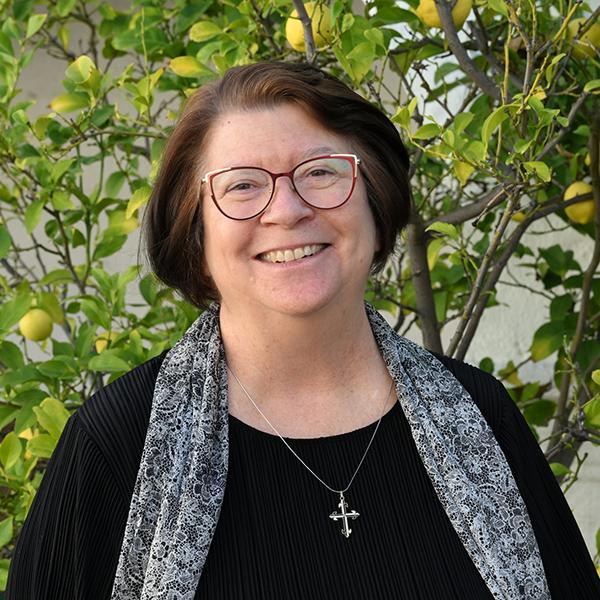When the Rev. Dr. Shelley Best was given her pastorate in Connecticut, those who gave it to her expected it to die. But under Best’s leadership, it didn’t die. It transformed, grew and flourished.
“I had to do things differently in order for us to survive,” she said.
In the midst of a community ravaged by drug and alcohol addiction, Best decided that traditional models of funding were not going to help her church. Instead, she turned to what she calls “community economics.”
She developed a soul food dinner, which brought in $2,000 every weekend, and helped church members get cars and housing, enabling them to get back on their feet.
And unbeknownst to her, the church leadership was surprised at her success.

The Conference of Churches and 224 EcoSpace among 2020 winners
Leadership Education at Duke Divinity recognizes institutions that act creatively in the face of challenges while remaining faithful to their mission and convictions. Winners receive $10,000 to continue their work.
“I didn’t realize that the church in my leadership was more successful than they ever thought it could be,” she said.
Best brought the same innovation to her work at The Conference of Churches in Connecticut 19 years ago. Arriving at another dying institution, she asked the same question: What do we need to change in order to survive?
Eventually, she decided that purchasing a building and investing in Hartford with a social enterprise was the best way for The Conference of Churches to make an impact. In the former arts center, now named the 224 EcoSpace, she has developed a self-sustaining space for collaboration and community.
Best is the president and CEO of The Conference of Churches and has an M.Div. from Yale Divinity School and a D.Min. from Hartford Seminary. The Conference of Churches and the 224 EcoSpace received a 2020 Traditioned Innovation award from Leadership Education at Duke Divinity.
Faith & Leadership’s Chris Karnadi spoke with Best about her story and how she brought The Conference of Churches to its self-sustaining social enterprise model. The following is an edited transcript.
F&L: How did you arrive at The Conference of Churches, and what vision did you have for the organization?
SB: I was kind of burned out and needed to get out of the pastorate at the time. I was trying to pursue something else, and there was a national search for The Conference of Churches. And with full transparency, of course, you kind of think about, “I’ve got to earn a living.” As my significant other at that time said, “You’ve got two master’s degrees, and you’re not earning minimum wage.”
And so that’s why I was open to working for The Conference of Churches -- and then got there and found out that The Conference of Churches was near death. So I went from a near-death church to another near-death situation.
The Conference of Churches was near death, like a lot of ecumenical organizations, because a lot of people are not interested in doing ecumenical work in the way that the old school did ecumenical, which was bringing the denominations together.
Let’s face it: now a lot of denominations don’t want to meet with their own people, let alone talk about shared theology between denominations. So I recognized that that was a failing model as well, and in order for the organization to live, I knew I was going to have to transform it.
Very early on, I started to see that the model of the organization had to change, because it was a traditional nonprofit faith-based model, which back in those days -- now 19 years ago -- was all grants.
They were so focused on grants and responding to RFPs, or requests for proposals, and as can be the case with nonprofits, it was hard to be focused and centered. When you’re going after grants all the time, you will suppress your mission.
That’s when I started to recognize there has to be another way, and so I started to study faith-based community development as a focus. I ended up serving as a point person for the Office of Faith-Based and Neighborhood Partnerships out of Washington when work was being done by the Bush administration and then later by the Obama administration.
Part of it was looking at faith-based community development. I thought that was going to be a way, and so we did some of that work for a period of time, building the capacity of organizations, building our own capacity, serving as an intermediary to do the work.
But then while we were in the midst of that, as I was doing that work in faith-based community development, I started to realize that that was also a setup. To be dependent on government money is dangerous, too. It’s politically motivated. You could be funded today and the money could be gone tomorrow, and I realized we had to do something different.
Also, from a heart and soul standpoint, funders will come up with program models and it may not really be your core, and I wanted us to change the organization so we were really responding to our community, making a difference right where we are. I also wanted us to have some truth, to have some integrity, to do what we believed in and to do what was good -- not based on what was being funded.
One of my friends who is an entrepreneurial minister said, “If you really want to change a city, buy it.” He’s the one who really planted in my mind this idea of being an entrepreneurial minister. If you want to change a neighborhood, buy it. Put some roots in. Buy a corner. Make a difference in one city block. Own it. Then you can truly make a difference.
So we went through the process of acquiring a property. When we started to do the work, we had no money, so it was a long journey to get there, and it was really by faith.
F&L: How did you find the building?
SB: The building was on the market for $1.5 million. Nobody had purchased it. It used to be an arts center in Hartford that housed the Hartford ballet. It had closed down as an arts center because there was a shift in the city of Hartford back in the ’90s when there was a high level of crack in the city. Hartford is primarily a Black and Latino community now, and there was a lot of fear for the arts community to be in Hartford with the neighborhood people.
Nobody could figure out what to do with the building, because it’s very different as a site. It has six dance studios and then some offices around the facility. But for me, it was really an inspiring space. Even though it was a little haggard and sad, I saw the vision of what it could be. We offered them $350,000. People laughed at me, but nobody else had bought it. They were trying to sell it to anybody but us.
In the meantime, we were organizing. I got 50 organizations to sign on and say we should be allowed to buy the building. We have a community organizing background, and we ultimately, by politics, negotiation and connections, were able to buy the building for $387,000 with a half-million-dollar grant from the state of Connecticut.
Then we went through the process of redeveloping it and then turning it into the space that it is today. That’s how the 224 EcoSpace came about.
It has three business units of operation. We have the Collaboration Centre, which is where we have people work together, partner and have special events. We have the Living Well Centre, which is where we have activities that help reduce racial and ethnic health disparities and help people build up entrepreneurial skills in that area. And then we have the Business Growth Centre, which is where we support social entrepreneurs.
It all works together as what we call the EcoSpace -- except now we’re in the middle of a pandemic, so we can’t physically be together in the space. In this time of the pandemic, it’s been about how do we still continue to be community virtually.
F&L: Can you talk about how you developed the different parts of the 224 EcoSpace?
SB: In our journey with the 224, it really was about organic growth, letting the space speak to us. If you get a truckload of lemons that show up, I guess we’re making lemonade. So that’s really how we took the approach. Cast the net; see what comes in. We looked at what partners had an interest or would show up, and that’s how it slowly but surely became the EcoSpace.
I believe in what Martin Luther King talked about as the “beloved community,” and so the heart of the EcoSpace theologically is the idea of the beloved community, this notion that if you bring diverse people together, it can bring about real social transformation and change.
The thing that’s unique about the EcoSpace is that on any given day, there could be folks that are in drug treatment trying to recover from opiate addiction, ballerinas or people dancing hip hop, and then you could have community leaders having a retreat in the space. The idea of a beloved community is we are a space where we bring unique people together and then they have an encounter with the other and this creates a unique experience of community.
In our Collaboration Centre, we’ve always cultivated relationships with funders and government leaders and policymakers, to have them do their planning and special retreats in that space. The space is an octagon-shaped room and is filled with art created by local artists, especially people of color. Imagine policymakers making decisions in a room full of the art of people of color, where they’re being influenced by the art and the atmosphere, as compared with policymakers making decisions in a room with plain, white walls.
I believe when people are separated from art, they’re separated in some ways from the heart and soul of the people. I think too many policymakers make decisions in very sanitized rooms, separate from the communities they’re making decisions about, and so that’s part of what the Collaboration Centre has been all about.
F&L: What is some of the theology behind your leadership?
SB: Part of the undergirding of my view for leadership is from a womanist and liberation theology perspective. It is leadership from a female perspective, where it’s really about relationships. How can we connect and relate to one another so we can create change? It’s a different way of bringing people together.
We talk about radical hospitality as a theme in this space, where no matter who you are, you are welcomed, you are honored, you are respected in this space; you are valued. Those are sort of the undergirding theories of the place. But then inside the space, we consciously designed the space so people would feel something when they come in.
For people of color, it feels like home, because we have highly melanated spaces. We did not use pastels. We used rich, bold colors. The collaboration room, instead of being a large white room, is a large black room. We used rich palettes like purple and orange and teal. People of color come in, and it’s like, “This feels good.”
We did things like that so it would create a response in people, and hopefully they’ll act differently because they feel something differently.





